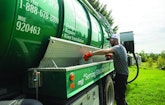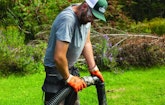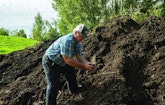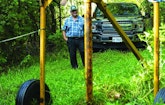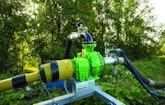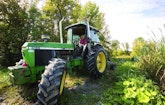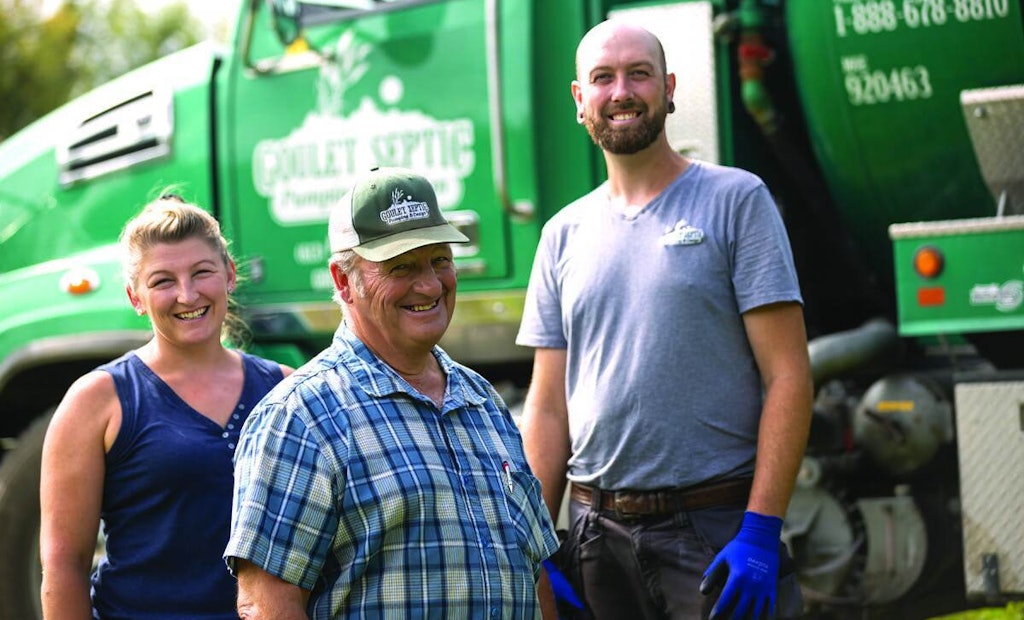A decade ago, René Goulet was at the start of a scientific experiment at his pumping business, Goulet Septic Pumping & Design, in Green Valley, Ontario.
For years he and other pumpers had been land-spreading septage, but Goulet worried that would end as Ontario’s Ministry of...

